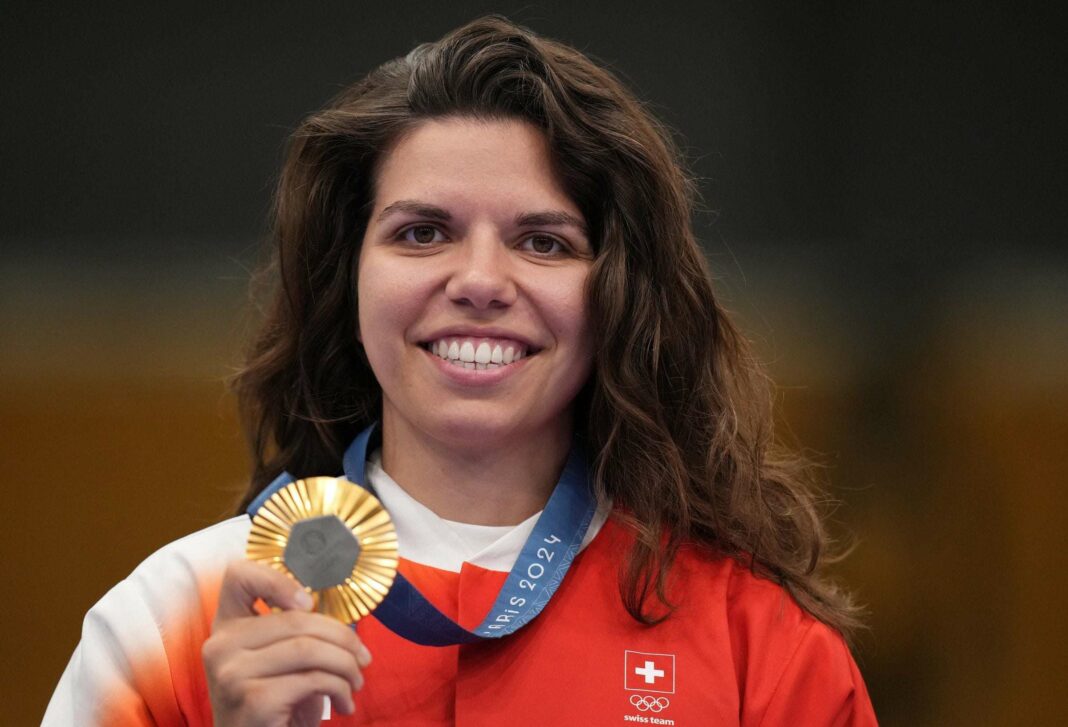The article discusses the Swiss sports system, highlighting performance centers for various sports, including rowing, cycling, and skiing. It contrasts Switzerland’s high costs for Olympic medals with the more efficient systems in the Netherlands and Norway. Experts suggest that Switzerland’s federal structure complicates centralization, leading to inefficiencies. Despite challenges, there are calls for improved cooperation and a focused vision for sports development, such as the proposed “Swiss Olympic Park” project to enhance collaboration among athletes, research, and business.
On the outskirts of Sarnen in Canton Obwalden lies a concrete structure dating back to the 1980s, located just half a kilometer from the picturesque lake. This facility is home to the Swiss Rowing National Performance Center, described by its operators as being in a serene and scenic location. Notable athletes such as Roman Röösli and Andrin Gulich have trained here, securing a bronze medal together at the Olympic Games in Paris last summer.
Switzerland boasts several performance centers across various sports disciplines. Cyclists and mountain bikers are based in Grenchen, while tennis enthusiasts train in Biel. The Magglingen area caters to shooters, triathletes have their hub in Sursee, and track and field athletes train in smaller groups scattered throughout the nation.
The Swiss Ski Association runs three centers in Brig, Davos, and Engelberg for alpine, Nordic, freestyle, and snowboarding sports. Additionally, there are national sports centers located in Magglingen and Tenero, as well as the privately funded OYM in Cham. However, these centers often operate independently with limited cross-sport collaboration; each has its own trainers and medical staff. This raises questions about the efficiency and cost-effectiveness of the Swiss sports system, which may reflect the complexities of a federalist nation.
A Dutch Medal at a Fraction of the Cost
The Swiss Olympic team secured eight medals during the Paris Games, a drop from the 13 won in Tokyo in 2021. Following the event, researchers analyzed medal counts from 17 countries, concluding that Switzerland’s results were below expectations given its sports funding.
The majority of funding for Swiss sports comes from lottery proceeds and state resources, excluding sponsorships from their calculations. Over the last Olympic cycle since 2021, it was determined that each medal earned by Switzerland in Paris cost an astonishing average of CHF 74 million, compared to just CHF 7.4 million for a medal in the Netherlands, which illustrates a stark contrast in spending.
However, these figures do not account for variations in wage levels or cost of living. Moreover, the expenditure analyzed included both summer and winter sports. At the 2022 Beijing Winter Games, Switzerland managed to claim 15 medals—entirely from the Swiss Ski Association, which benefits from a robust budget raised through World Cup race marketing and lucrative sponsorship deals.
Despite the ambiguities in the findings, examining the Dutch approach yields insight into how a different system supports medal acquisition. With a population twice that of Switzerland, the Netherlands won three times as many medals in Paris. The disparity shrank in Beijing, where the Dutch secured 17 medals, demonstrating the effectiveness of their distinct sports framework.
Exploring Papendal’s Model
For over fifty years, Papendal has served as a premier sports center in the Netherlands, housing 350 athletes across multiple disciplines. It features athletics tracks, equestrian facilities, various sports halls, and a BMX track. Athletes in Papendal benefit from access to top-notch sports medicine specialists, physiotherapists, nutrition experts, and psychological support, with the center funded by state resources, the National Olympic Committee, and local hospitality and events.
Norway’s Olympiatoppen in Oslo follows a similar model, emphasizing cross-discipline training and a collaborative approach to injury prevention and sports medicine. Despite its smaller population of 5.5 million, Norway outperformed Switzerland in both the Beijing and Paris Games due to its more centralized national sports program. Could a more unified structure bolster Swiss sports success?
Andreas Weber, a sports economist and head of the “Sports Systems” group at the Swiss Federal Institute of Sport in Magglingen, contributed to the international evaluation of the Paris Games. He asserts that a sports system’s Olympic success relies heavily on GDP per capita and population size, stating, “When combining summer and winter medals, Switzerland performs quite well.”
Though Weber works for the Federal Office of Sport (Baspo), he emphasizes his analysis is scientific, not political. His 2019 study on Swiss sports revealed potential improvements through enhanced “cross-sport structural support,” which could provide a competitive edge through shared resources and research development.
Challenges of Centralizing Elite Sports in Switzerland
Achieving greater centralization in Switzerland is challenging due to high institutional barriers. Weber explains that the state promotes sports on a subsidiary basis, encouraging private initiatives much like other sectors. The Baspo does not pursue a leadership role in sports development.
This decentralized approach contrasts with countries like Germany, the Netherlands, Italy, and France, where government bodies assume a more significant role in sports promotion. In Switzerland, state support exists through
